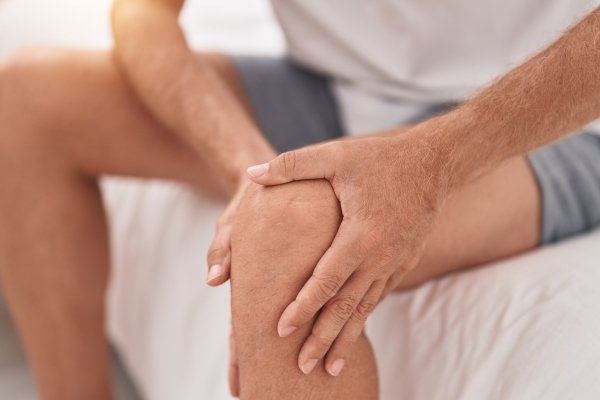Lajpat Nagar Metro Station, Block M, New Delhi, 110024
|096506 82102

Root Block:Pain Management ForSciatic Pain and Slip Disc : An Overview




Lajpat Nagar Metro Station, Block M, New Delhi, 110024
|096506 82102





We recommend you consult our doctors if you feel any of the following symptoms:
.webp)

Presence of following warnings needs emergency consultation by a spine specialist:
It’s not a life-threatening condition, but it’s always good to visit a doctor. There are various non-surgical and surgical options, with the latter being considered when abnormalities are detected on imaging.
Our medical professionals assess the suitability of surgery for Root Block:Pain Management For SCIATIC PAIN AND SLIP DISC based on the specific underlying cause. It is important to note that ROOT BLOCK: PAIN MANAGEMENT FORSciatic Pain and Slip Disc is a symptom that may arise from various spinal pathologies. The surgical options are:
Endoscopic discectomy stands as a minimally invasive surgical solution designed for Root Block:Pain Management For SCIATIC PAIN AND SLIP DISC resulting from herniated discs. This procedure entails a small incision and utilises camera guidance for the precise removal of disc material that exerts pressure on the sciatic nerve. Distinguished by a shorter recovery period and diminished complication risks in comparison to conventional surgery, it boasts a high success rate in alleviating symptoms.
Minimally invasive tubular discectomy, commonly referred to as keyhole discectomy, represents a surgical intervention for ROOT BLOCK: PAIN MANAGEMENT FORSciatic Pain and Slip Disc. This method incorporates a small incision and employs tubular retractors to eliminate herniated disc material that applies pressure to the sciatic nerve. The procedure is characterised by minimised tissue damage, expedited recovery, and quick relief from symptoms.
Open (conventional) discectomy
Conventional open discectomy for Root Block:Pain Management For SCIATIC PAIN AND SLIP DISC requires a larger incision and involves more extensive tissue dissection to address herniated disc material compressing the sciatic nerve. Although proven effective in symptom relief, this approach typically necessitates a more prolonged recovery period and may result in greater postoperative discomfort when compared to minimally invasive techniques.